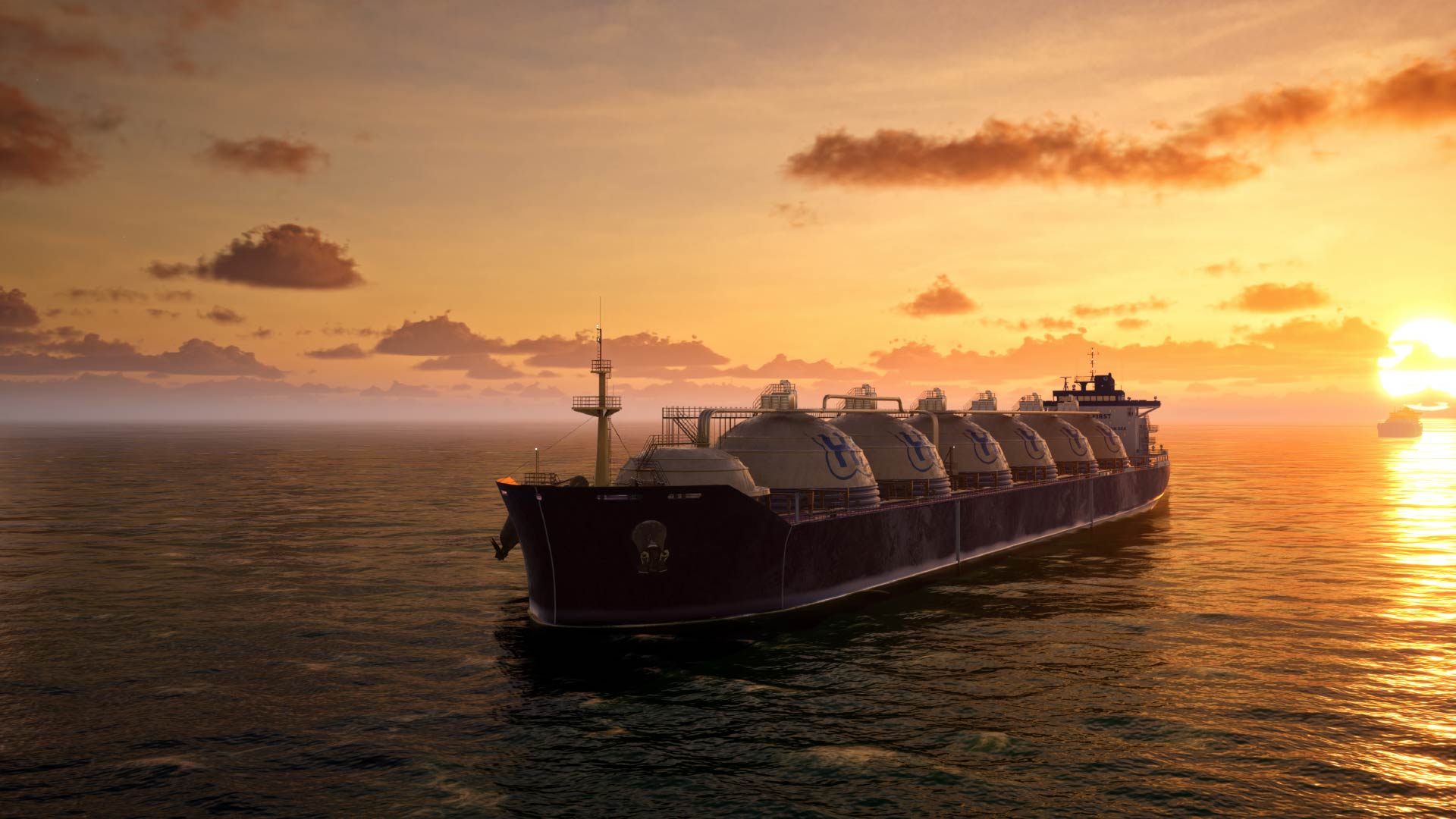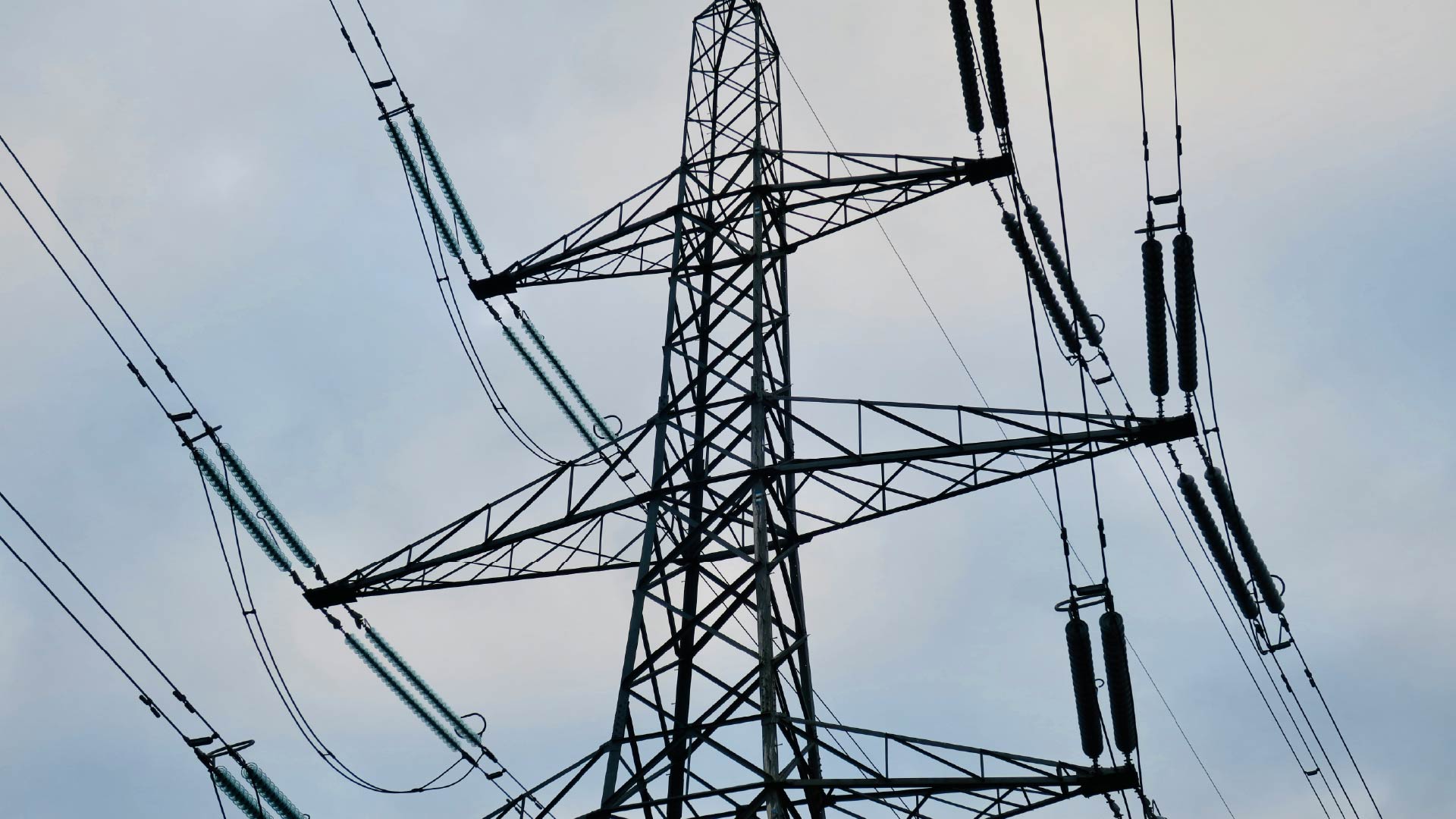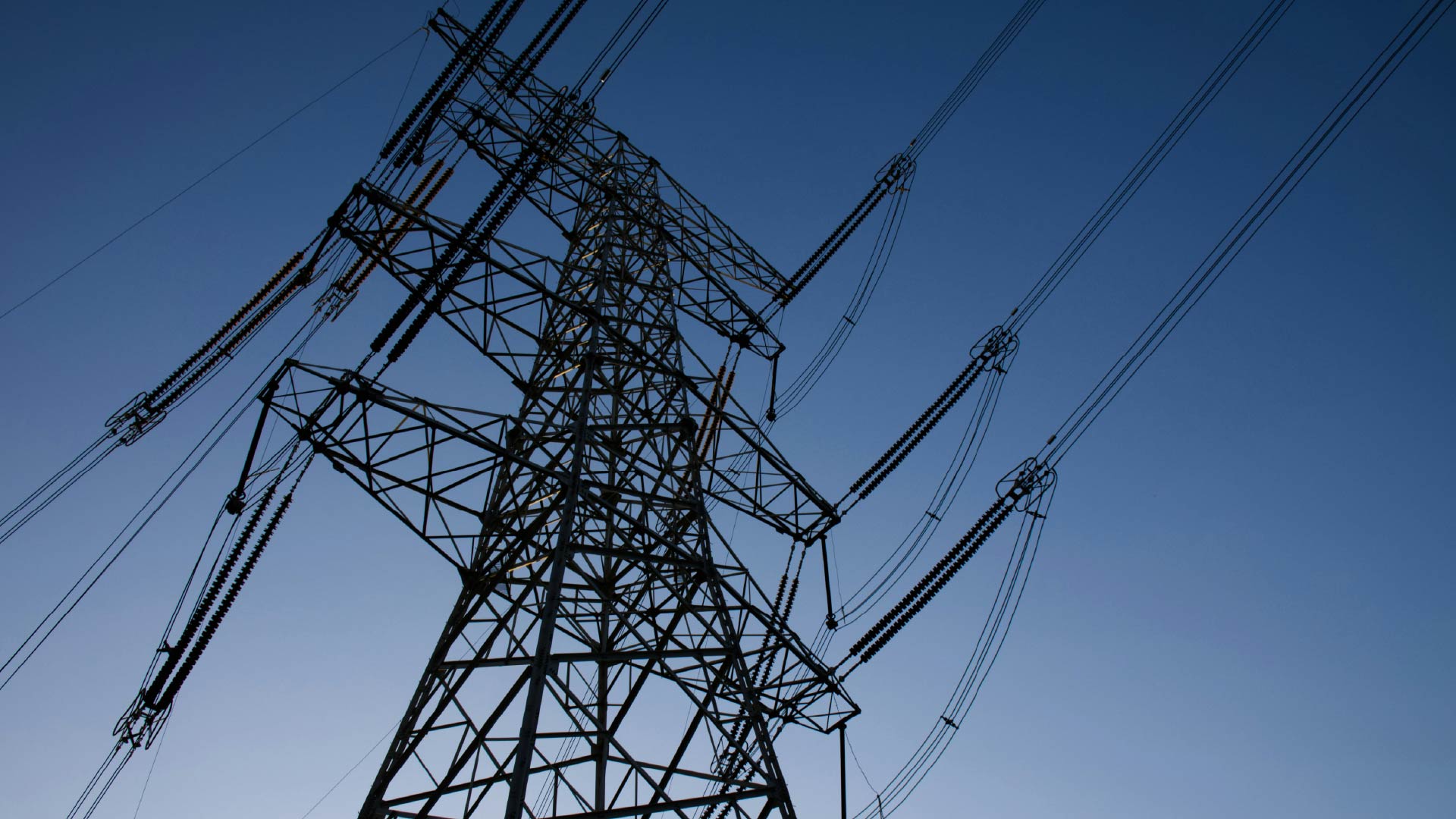Offsets Go Up In Smoke: Carbon Credit Purchasers Need To Price In Wildfire Risk

Alastair Foyn
With wildfire events increasing in frequency by up to 57% by 2100, many carbon offset projects will burn down well before the end of the associated credits’ intended 100-year lifespan. In fact, it’s already happening. A project tied to 265,000 Microsoft-owned credits burned in July 2021 and another project of 964,000 carbon credits burned in August 2020 wildfires. The Microsoft-owned credits were less than six months old. Buyers like Microsoft risk either having to re-purchase new offsets for the same carbon (possibly multiple times) or face reputational or legal scrutiny based on offsets that fires have obliterated well short of the 100 years that contracts demand.
Despite the risk, few solutions have appeared within either the voluntary or regulatory carbon markets. For example, the California Air Resource Board created a type of insurance called a buffer pool, wherein a significant amount of forest is set aside to account for any losses. However, a study in 2021 found that the buffer allocated to wildfire risk for 100 years was almost entirely exhausted after only 10, and buffers assigned to other risks would not be able to compensate.
Alternatively, NCX, a carbon marketplace in the voluntary carbon market, has started using tonne-year accounting to package offsets of radically shorter duration, such as 1-year forest harvest delays, which are thus far less likely to burn during the agreement’s lifespan. NCX markets these offsets as environmentally equivalent to traditional longer-term storage offsets, but a non-profit has criticized the methods used to determine this equivalence.
In the absence of a perfect solution, credit buyers should independently assess the wildfire risks of an offsets project prior to investment. Solutions from CMRA, Jupiter Intelligence, Manifest Climate and XDI, for example, can help offset buyers to understand the wildfire risk within a 100-year contract. Buyers should also explore existing approaches such as insurance schemes like the buffer pool in California or shorter-contract offsets, but also understand the weaknesses in these approaches. Each option will see investors need to buy more credits, to either increase buffer pool capitalization or reach environmental equivalence, making offsets more costly in the short-term, but less risky in the long-term.
About The Author

Alastair Foyn
Analyst





